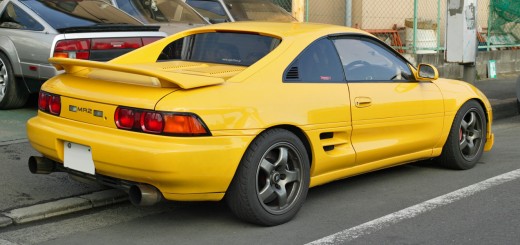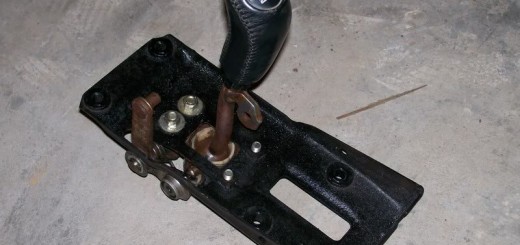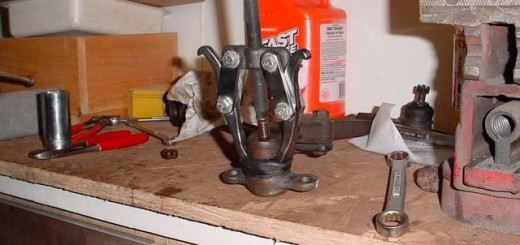The objective was to design a way to monitor various engine parameters and
log them using a serial port to a laptop or other serial device. This was
attempted before using an 8051 type board. See ECU project.
Using an inexpensive BasicX chip from netmedia the design was more straight forward.
The following parameters are currently monitored directly from the ECU:
-
O2 sensor signal for A/F ratio – higher values indicate more rich.
-
Boost pressure.
-
Air flow from AFM – lower values indicate more airflow.
-
Throttle position.
-
RPM.
In addition, temperature sensors were added inside the intake pipes before and after
the intercooler to measure the intercooler’s efficiency.
The data can then be logged to a serial port at the rate of approximately 20 samples per second.
RPM is currently only measured once every second. The BasicX chip was soldered onto a board,
and along with peripheral components, was mounted in a box. Snap connectors were used for the
prototype version. Future versions (if any) will use a 15pin connector. It is also possible to connect this
board up to a display. The display used was the ‘very smart display module’ from simmetry.com.
This module has since stopped working, and I’m looking into a different display to use.

The following data was taken during a short 25 minute drive. The data was
then imported into Excel and stripped down to the just the ‘interesting’ points.
Here are some preliminary results. As can be seen the intercooler efficiency rises
(yellow line) when full throttle is first applied, then slowly drops the longer the
turbocharger is producing boost. Sorry for such large images, but it is easier to
see the data this way. Also it is difficult to see the efficiency in this graph since
it is ‘off scale’ with the temperatures. The outside temperature was 82 degrees F.
The formula for intercooler efficiency is (BI-AI)/(BI-Out) where BI is before
intercooler, and AI is after intercooler temperature. The following three graphs
are all shown at the same time interval. Notice also how choppy the RPM graph
is since it is currently only measured once per second.
Plots were taken running 17psi of boost with a T04E-50 compressor trim,
PT upgraded CT-26. The Greddy IC has replaced the stock unit.
Although not shown, O2, airflow, and boost were also measured.



The temperature sensors were mounted into the intake pipes (click to enlarge) using JB weld.




Pictures of the prototype board:




In the last picture above the snap plugs are for sensor connections and power, the 9 pin serial is
for data logging, and the 4 pin PC power connector is for the display module. If another is made,
it will use a 15 pin connector to neaten up the design and a PCB board will be used instead
of wire wrapping. The 2nd picture above is a prior board which doesn’t contain some necessary
additional (8) components for filtering the input signals. The first picture above (the bottom
of the board) contains those components.
Update (10/23/2003) – speed sensing added, but not tested yet. The LM1815N adaptive variable
reluctance sensor amplifier from national semiconductor (samples available!) was added to the board
along with necessary caps and resistors to add the capability for measuring speed. I have not tested it
yet, but have used these chips with much success for reading position sensors for camshaft position. The
plan is to determine speed by reading the stock speed sensors used for the ABS.


Another plot of the intercooler efficiency over a 20 minute period. You can get a good idea of
how long it takes the intercooler to recover.

Excel spreadsheet including all data from this run can be downloaded here (zip format).
This documentation in no way replaces the Toyota MR2 Repair Manuals. The purpose of this content is only to provide supplementary information to fellow MR2 enthusiasts. Midship Runabout and its contributing authors will not be held responsible for any injury or damages that may occur as the result of practicing any of the methods or procedures described within this website. Article and photo submissions are property of the contributing author.


